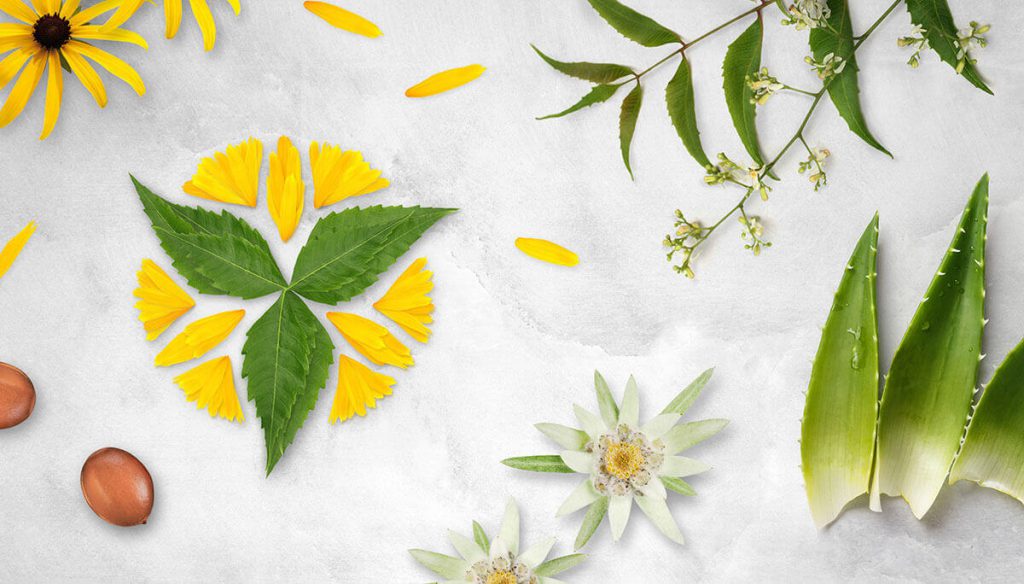
Natural ways of hair conditioning, such as hair oil treatment, bring salvation to hair damaged due to aggressive agents. It’s a pity though that the beginnings of converting our beauty habits into eco hair and body care happen to be troublesome. Here are the most common hair care problems that we can face at the beginning of this road.
Hair care products, which we can bought in a drugstore, are designed in such a way to deliver immediate effects. We get used to noticing improvements that are brought about almost overnight. Sadly, when nature takes the wheel, nothing happens fast so you have to wait a little bit longer to see the positive results. However, the effects are worth the wait, no doubts about it.
Natural hair care – slow, yet effective
Natural hair care methods have numerous advantages that make us replace drugstore conditioners into vegetable oils eagerly. Why eco-hair care is so beneficial?
- Natural cosmetics are gentle to scalp.
- There are no synthetic substances used which might harm our hair.
- Natural means better matched to our needs.
- The choice of natural conditioning substances is wider.
- Eco-care is cheaper (it bases on DIY products).
In fact, there are more benefits of natural hair care than just the above-mentioned, yet there are also the drawbacks that must be discussed. One of the biggest disadvantages of natural hair care is that you have to wait long for the results. Although the looked-for effects don’t appear fast, they are long-lasting because natural substances reach deeper.
It’s worth getting to know the bad side of natural hair care and the most common hair problems that we might encounter when we replace synthetic substances with nature. This transition stage is something that we should be prepared for.
The most common problems with eco hair care
If you’ve decided to introduce natural methods of taking care of your hair, then you should know that you won’t see the improvement fast, but that’s not event the worst part. Right after the first hair washing carried out using a silicone-free shampoo it may turn out that the condition of our hair is seemingly worse than we expected it to be. What are other problems that you may encounter? What triggers them? And the most important: How to combat them?
1. Rough and matte hair
The first problem that most people who switch into more natural products notice is the increased hair roughness and strand mattifying. This is the consequence of putting away silicones that till now have been adding shine to strands. Freeing hair from silicones reveals the true condition of the strands. Deprived of the silicone coat hair seems to be rough so we think that its condition has deteriorated. However, trying to moisturise hair and nourishing it as well as treat hair with natural oils regularly suffices to bring out the strand’s natural beauty. And this improvement isn’t just superficial as it is after applying silicones. Regenerated hair stops being rough and matte, but this requires time.
2. Tangled and hard-to-comb strands
The difficulty with running a comb through hair is yet another problem caused by laying off silicones. We no longer coat our hair with substances that were responsible for making it smooth, therefore rough strands start tangling. Certainly, we can reduce this problem by applying natural oils, light and natural conditioners. This should help until the strands restore their lost health. Then the problem will vanish of its own accord.
3. The impression of having unwashed hair
The substances that we resign from while following the natural hair care rules are among others SLS and SLES – washing agents. They cleanse hair and scalp strongly by freeing them from impurities, cosmetic residues and sebum. They are also responsible for creating lather. When you switch into a SLS-free natural shampoo, you can get the impression that your hair isn’t clean enough after washing. After all, such a cosmetic doesn’t lather depriving hair and scalp of their natural (slightly greasy) lipid coat. That’s where the impression that hair hasn’t been cleansed well enough comes from, but you will get used to it really soon.
4. Hair roots get greasy faster
SLS-free and SLES-free shampoos don’t display so strongly cleansing action, thus they may find it difficult to deal with excessively produced sebum. As a consequence, hair has to be washed more often because it gets greasy faster. This is the stage that must be endure because this will get fixed on its own once the skin starts functioning properly. However, before it happens, you may consider scalp peelings and scalp masks with clays useful.






Leave a Reply